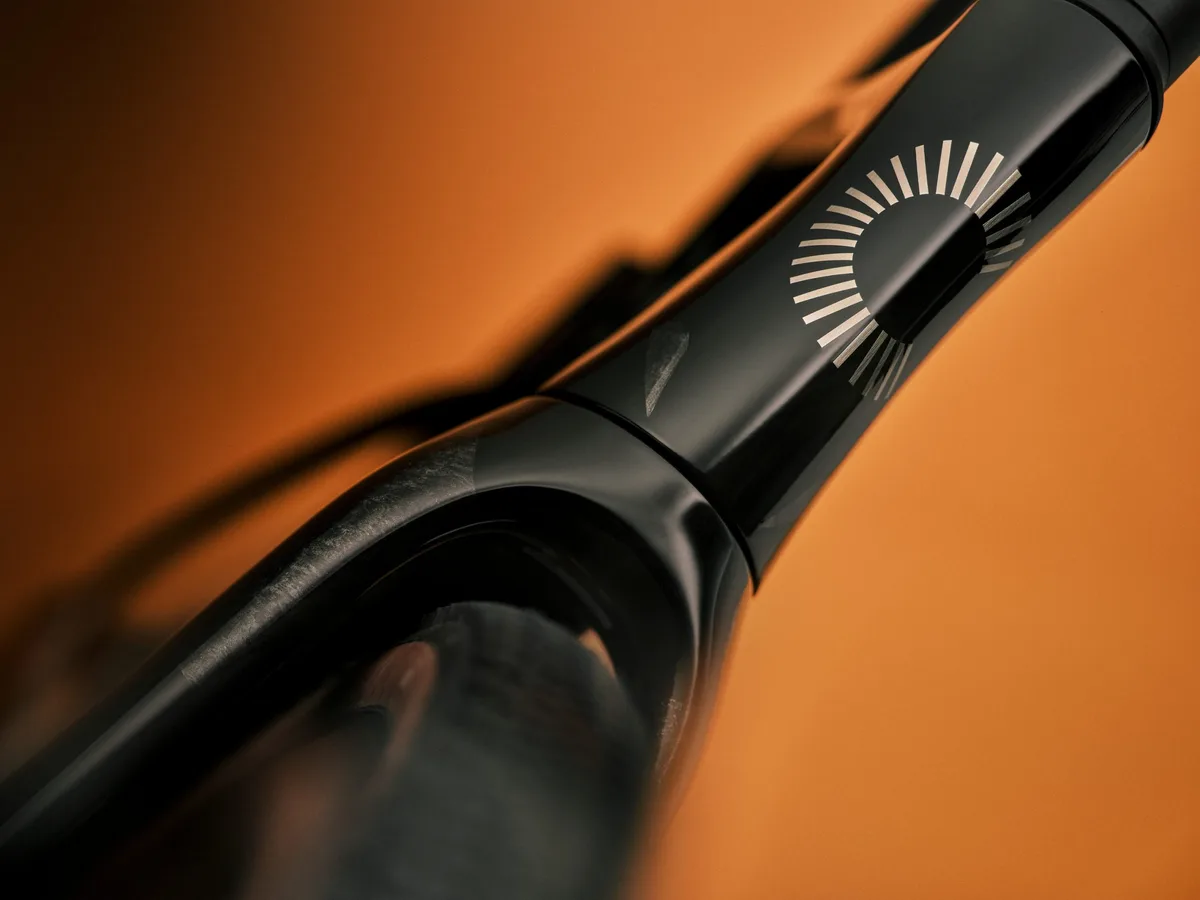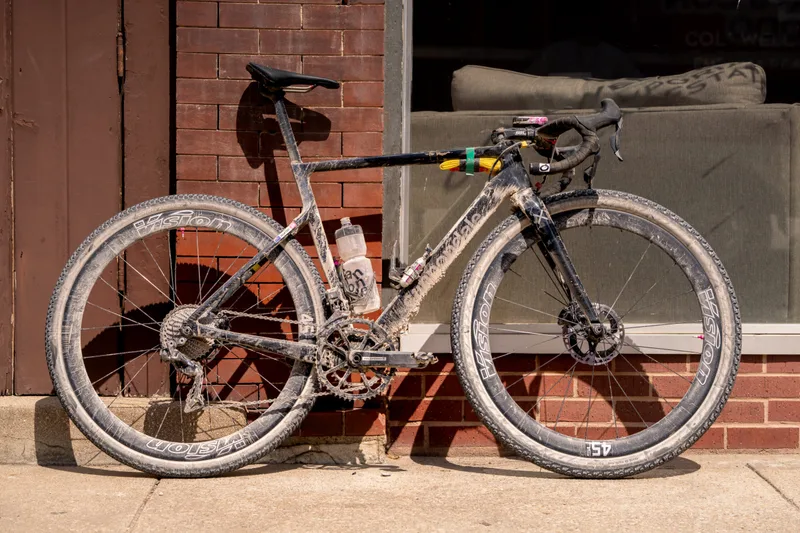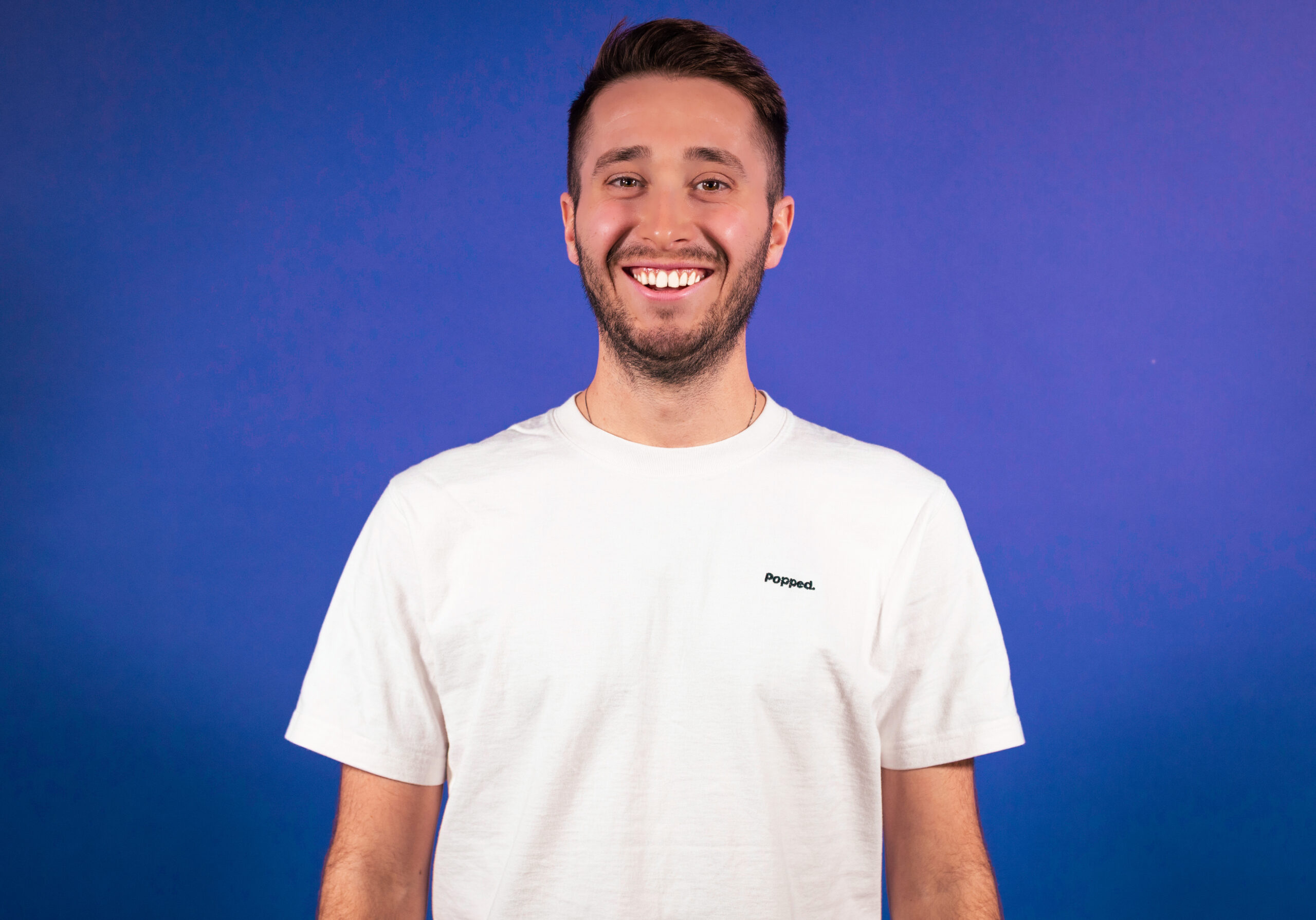Cannondale has unveiled the new SuperX, with a sub-1kg flagship frame, aero tube profiles, huge tyre clearance and a top-end price tag that makes it one of the most expensive gravel race bikes out there.
The SuperX name may be familiar to you. In the past, it has been Cannondale’s versatile cyclocross bike, although it was temporarily replaced by the SuperSix EVO SE. Now, the SuperX is back, and all about go-fast gravel.
The top-tier Lab71 frame weighs a claimed 900g, has clearance for a 51mm tyre up front and 48mm at the back, and, with new tube shapes, is said to be 1.6 watts faster than the outgoing SuperSix EVO SE in the wind tunnel.
Does that saving matter to you? We’ll come to that.
Five things you need to know about the new Cannondale SuperX
- This Lab71 frame weighs a claimed 900g, 100g lighter than the SuperSix EVO SE
- Tyre clearance has increased, with space for 48mm at the back and a 51mm tyre up-front
- The geometry is unchanged, compared to the SuperSix EVO SE, apart from a slightly dropped bottom bracket to fit the bigger rear tyre
- It has been aero tested at 35kph, which might sound reasonable compared to testing numbers accompanying road bike launches, but that’s the speed Lachlan Morton averaged at Unbound
- Cannondale has reshaped the seat tube for additional mud clearance
Does aero gravel matter?

Two standout features of this bike are the increased tyre clearance and the aero claims.
We’ll come to the tyres in a moment but for now, let’s talk aero – does it really matter on gravel bikes?
Cannondale has saved only 1.6 watts from the old bike, so if you are all about aero, there’s only a small drag reduction to be had. But Cannondale has done this while increasing tyre clearance, which we’d describe as a win.
Still, if you’re coming from the old bike to this new one, 1.6 watts isn’t the sort of aero saving you’re going to be feeling, and you might not be feeling anything at all if you’re not riding at the 35kph speed this bike was aero-tested at.
For context, that’s Lachlan Morton’s average speed at Unbound – a 200-mile event – so it’s spicy.

Sure, if you’re racing those huge endurance events, it will give you a time saving. However, if you’re not at the front of the race, savings that small are probably not worth worrying about – particularly given the potential gains from training, or even just having quicker stops at feed stations.
And if you are pushing yourself to be competitive in the world’s biggest gravel races, there are probably better aero savings to be chased for way less money. Our wind tunnel testing showed that.
So, does aero matter on gravel bikes? Yes, it does if you’re concerned with riding fast, but, as ever, there’s more to it than a brand’s claims accompanying a bike launch.
Bigger tyre clearance

You might have noticed that gravel tyres winning races, especially in the US and at big European events such as the Traka, are getting wider than ever.
When we spoke to WorldTour-pro-turned-gravel racer Nathan Haas, he said 40mm was the fastest size from the testing he and Chad Haga had done, but Dylan Johnson, a big-name gravel racer who pushes every tech trend to the max, disagrees.
In a recent video, he found mountain bike tyres were, quote, “fast AF”.
And we’ve had messages from other pro riders saying mountain bike tyres are undeniably faster for the races they target.
Back to its new bike, and Cannondale seems to be reacting to this trend, although not fully.
The clearance here is 51mm up-front and 48mm at the back, with at least 4mm of clearance on each side of the tyre.
That’s 2in and 1.8in on a 700c wheel, and if you take a look at the setup Morton used to win Unbound, it’s clear why Cannondale has done this.

Up-front, he ran a 50mm Vittoria Terreno Dry, which didn’t leave much room for mud in the fork on the SuperSix EVO SE he was riding. Out back was a 44mm Vittoria Mezcal.
The outgoing bike was only meant to take 45mm tyres, so it’s good to see Cannondale actively responding to what its top riders want.
What about weight?

Onto weight, and we’re dealing with claimed figures here, so a little pinch of salt is required, but the Lab71 flagship bike weighs 7.4kg for a 56cm size, according to Cannondale.
A Specialized S-Works Crux is 7.2kg, while the Trek Checkmate is heavier at 7.5kg. All things considered, the SuperX is in the right ballpark, considering the aero tube shapes and the tyre clearance.
However, if you can’t find the $15,000 for the Lab71 bike, you’ll be looking at a claimed 8.6kg for the SuperX 2.
If we compare that figure to the Crux, this time the $7,499.99 Pro model, it’s claimed to be 7.6kg, while the $8,299.99 Checkmate SLR 7 is 8.1kg.
Now, we have to talk about money. The full UK and US prices for the new SuperX are listed below, but the top-end build with a SRAM Red XPLR AXS groupset is, as we've mentioned, $15,000.
Despite continually rising bike prices, that might make this just about the most expensive mainstream gravel race bike out there. It's several thousand dollars more expensive than the flagship S-Works Crux, Trek Checkmate, ENVE Mog and Colnago C68 Gravel.
It seems the Lab71 frameset is eating up all of that money. The SuperX 2, with a 2x GRX Di2 groupset, is $6,800. That undercuts Cervélo’s Áspero 5 to the tune of $700.
Cannondale SuperX range and pricing

Cannondale SuperX LAB71
- Groupset: SRAM Red AXS XPLR with Power
- Wheels: Reserve 40|44 GR
- Price: £12,500 / $15,000 / €14,999
Cannondale SuperX 2
- Groupset: Shimano GRX 825 Di2
- Wheels: Reserve 40|44 GR
- Price: £6,550 / $6,800 / €6,899
Cannondale SuperX 3
- Groupset: Shimano GRX 820
- Wheels: DT Swiss G1800
- Price: £4,250 / $4,200 / €4,499
SuperX Lab71 frameset
- Price: £4,950 / $5,500 / €5,499
